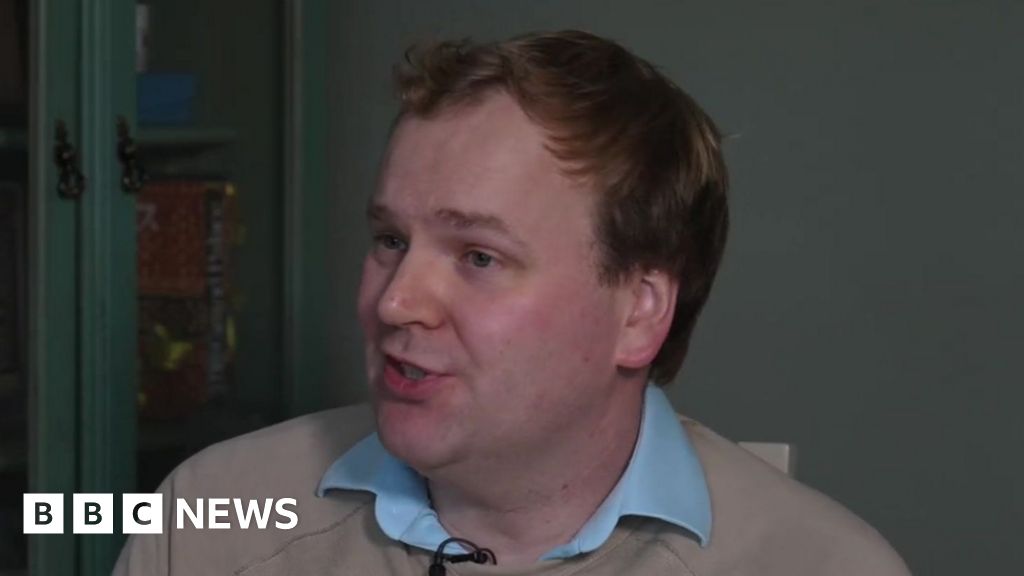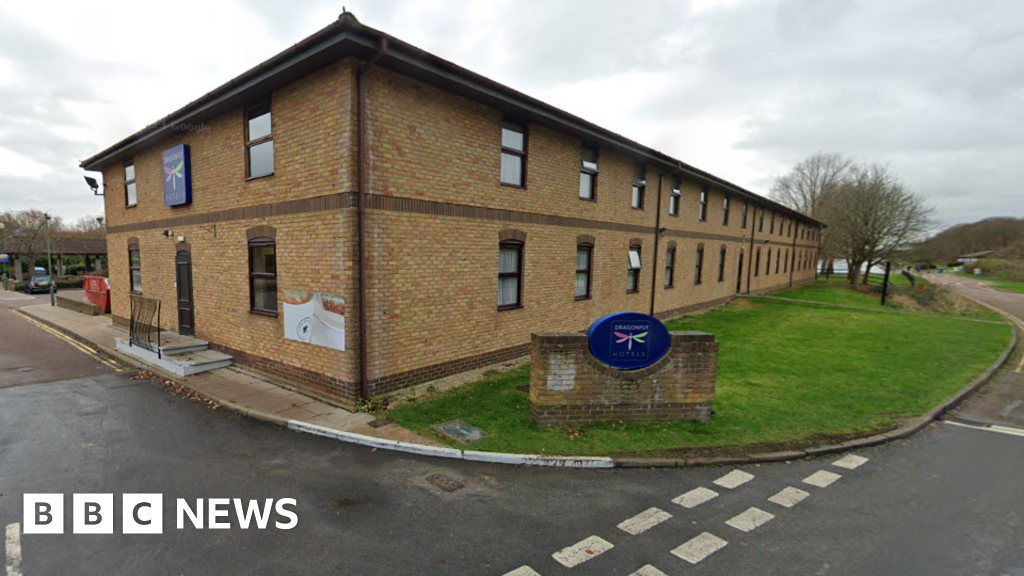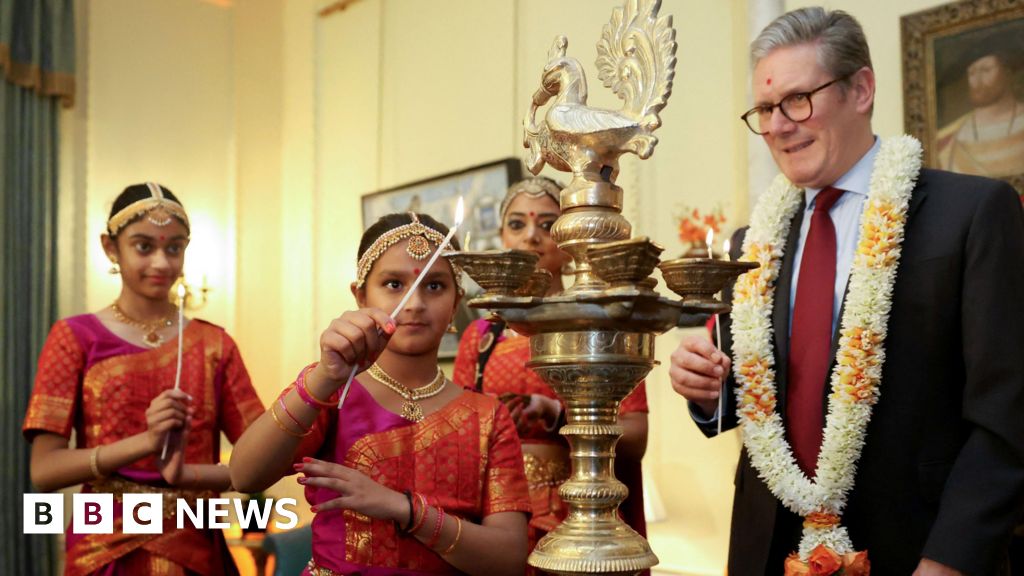ARTICLE AD BOX
By Kate Whannel
Political reporter, BBC News
Westminster has been in a frenzy this week with plots, rumours of plots and rumours of rumours of plots, as MPs discussed whether the prime minister can survive his admission that he attended a drinks party, despite Covid rules.
So now seems a good time to take a look at Westminster's long and proud tradition of skulduggery and, very often fruitless, plotting, which often seems to involve food.
Remember, remember
One of the earliest and well-known schemes is, of course, the 1605 Gunpowder plot, when Catholic conspirators hatched a plan to blow up the Houses of Parliament and King James with it.
The majority of attempted-coups in Westminster fizzle our or fade away, amid recriminations and punishments from those being targeted.
For Guy Fawkes and his fellow collaborators their efforts ended with them being hung, drawn and quartered.
These days the worst plotters have to face in most cases is a lifetime of obscurity on the backbenches.
The failed assassination attempt is celebrated every year on 5 November with fireworks.
Pork pie plot
Image source, Getty Images
Only time will tell whether in four hundred years, people will celebrate this week's pork pie plot with similar relish.
A group of Conservative MPs - first elected in 2019 - met to discuss if they should demand a vote of no confidence in the prime minister, following allegations he broke Covid guidance.
The meeting was quickly dubbed by one minister "the pork pie plot," as one of the attendees Alicia Kearns represents Rutland and Melton (home of the Melton Mowbray pork pie).
However, the plot appears to have been temporarily paused, with many Tory MPs saying they would will for a report by senior civil servant Sue Gray into parties in No 10 before deciding what action to take.
'A pizza their mind'
It is far from the first time a plot has been named after the food eaten by the conspirators.
In October 2018, a third of Theresa May's cabinet reportedly met to discuss ways to block her Brexit plans, while enjoying pizzas.
At the time, the prime minister was facing huge pressure from her own MPs as she conducted negotiations with the EU.
Labour MP Virendra Sharma jumped on their choice of takeaway. "After days of briefing about their plot we expected these Brexiteers to give the prime minister a pizza their mind - it seems like they folded quicker than a Calzone."
Mrs May survived, but only for another few months, standing down in May 2019,
Talks in the Tate
The Tate Britain art gallery provided privacy for Brexit campaigners
Back in 2012, not many people were thinking about Brexit. Indeed the word for the UK's departure from the EU had yet to be invented.
But the issue was central in the mind of three relatively unknown Conservatives - MPs Douglas Carswell and Mark Reckless and MEP Daniel Hannan - who were meeting in the Tate Britain gallery cafe, a 15 minute stroll from Parliament, to hatch their plans.
The trio reasoned it was a safe place to plot on the grounds that political journalists were unlikely to spend much time in such a cultured setting.
As efforts go it was pretty successful, ending in the UK leaving the EU and the resignation of prime minister David Cameron.
The Curry House conspiracy
Image source, Getty Images
Image caption,Tom Watson plotted Tony Blair's downfall in a tandoori restaurant in Wolverhampton
More down-to-earth than the Tate Gallery, but no less significant in the history of British politics, is the Wolverhampton Curry House plot.
The details are contested, but the story goes that in 2006 Labour's Tom Watson, a long-term ally of then Chancellor Gordon Brown, decided to call time on Tony Blair's premiership.
Mr Watson and three fellow West Midlands MPs - Sion Simon, David Wright (both ministerial aides) and Khalid Mahmood - met over a biryani at the Bilash restaurant and put together a letter calling on the PM to quit.
The letter was leaked to the press and ultimately led to Mr Watson's resignation, rather than Mr Blair's.
However, it did force the Labour leader and prime minister to name a date for his departure, leaving a vacancy Mr Brown was happy to fill.
Downing Street party row
The Purnell putsch
Labour MPs were less successful at trying to remove Mr Brown a few years later.
Following poor results in the European elections, minister James Purnell quit saying the prime minister was making a Conservative victory "more likely".
However, his attempted-coup quickly fizzled out when other ministers - notably the Foreign Secretary David Miliband failed to follow suit.
Image source, PA Media
Image caption,Patricia Hewitt said she wanted to settle questions about Gordon Brown's leadership, but was rebuffed by cabinet ministers
Undeterred, the anti-Brown camp tried again a few months later with MPs Geoff Hoon and Patricia Hewitt calling for a secret ballot on the prime minister's leadership.
But once again, it failed to get enough support from other MPs and Mr Brown lived to fight another day.
In the end it was the voters rather than his own MPs who removed him from office, when Labour lost the 2010 general election.
The dead sheep coup
Geoffrey Howe - Margaret Thatcher's dull-but-reliable ministerial ally - didn't seem the type to foment political revolution. Labour's Denis Healey once said being attacked by him was like "being savaged by a dead sheep".
Yet it was his speech from the green benches of the House of Commons that led to the resignation of Mrs Thatcher.
Heard in silence, he told fellow MPs that "the time has come for others to consider their own response to the tragic conflict of loyalties with which I have myself wrestled for perhaps too long."
Watch extracts of Geoffrey Howe's 1990 resignation speech, widely considered pivotal in Margaret Thatcher's downfall
His words inspired Michael Heseltine to launch a leadership bid against the prime minister and within weeks she was forced out of No 10.
Mr Heseltine however, failed to win the subsequent leadership election.
His failure gave birth to a political adage: "He who wields the knife never wears the crown."
The phrase has become widely acceptance as political wisdom and perhaps explains why senior MPs are so often unwilling to back coup attempts and why they so often fail.

 2 years ago
54
2 years ago
54








 English (US)
English (US)